Numerous acts of Armenian vandalism were revealed after the liberation of Azerbaijani lands. It was found and approved that Armenians and their supporters laid mines in these territories, destroyed Azerbaijan’s cultural and historical monuments, razed buildings to the ground, devastated gardens, forests, and other natural beauties. Local and foreign observers witnessed hundreds of such vandalism.
Armenia destructed or distorted historical and architectural monuments of local and world importance. Following are some of them.
The Uzerliktapa archeological monument, which belongs to the end of the 2nd millennium BC and carries traces of the Middle Bronze Age people, is one of the monuments most exposed to Armenian vandalism. From 1993 till 2019, they regularly burned its territory every year.
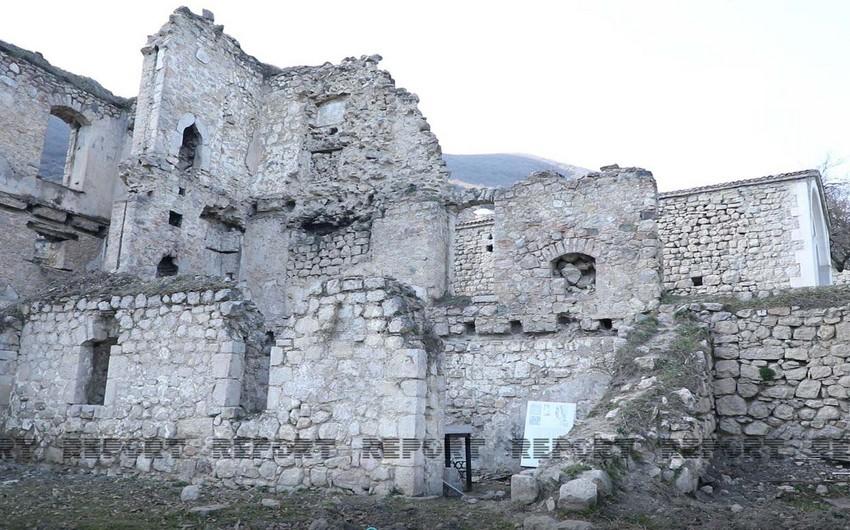
Gutlu Musa Mausoleum in the Aghdam district is in bad repair. The unique murals adorning the facades of the tomb were painted and destroyed, carved stone tiles were destructed. After the occupation of the Shusha city in 1992, all samples of Islamic architecture were devastated completely or partly.
The invaders either destroyed the cultural-historical monuments in Karabakh or attempted to armenianize having pretended to repair them.
The roof, facades, and interior of the Agoglan monastery, on which Armenia took control in 1992, were seriously changed in 1999-2000. There were photos reflecting Armenians taking artistically described stones and cross-stones of the monastery dating to the 6-9th centuries when they were leaving the territory under the ceasefire agreement in the Nagorno Karabakh.
Armenians demolished the historic and ethnographic museums in all districts they occupied.
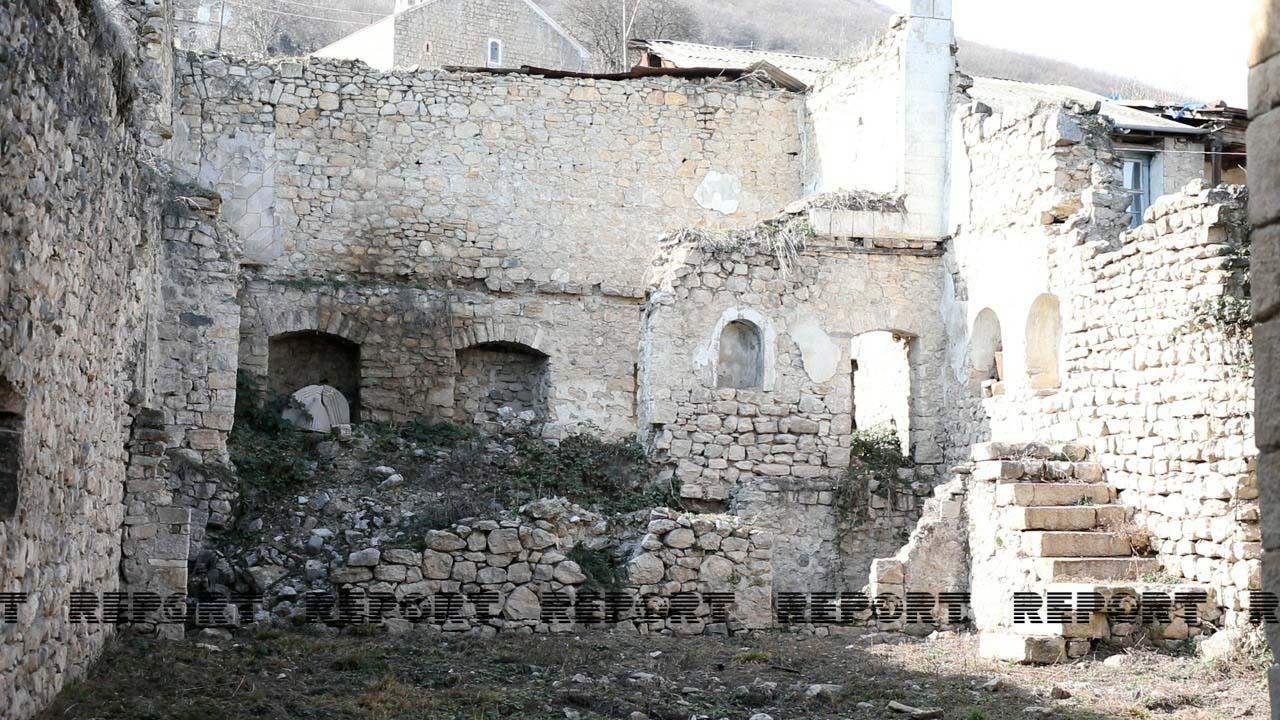
The monuments in memory of the veterans of the Great Patriotic War were also destroyed by them. Tens of mosques and churches are among the victims of Armenian vandalism.
After the ceasefire agreement was signed on November 10, 2020, Armenians and their supporters remembered the cultural heritages about Christianity, not the historical monuments in Karabakh. The international community, who was blind to the destruction of historical and cultural monuments of local and world importance by Armenians over the past 30 years, seems like suddenly awakened and began to search for a trace of Christianity in Karabakh. For this, Armenia submits “evidence” to them, as if Azerbaijan demolished a “Church” in the territory of Jabrayil.
There were not many residents worshipping Christianity in this territory. This means that if there is no one worshipping Christianity, so there is no need for a church. After the occupation, Armenians built a building for their soldiers. As this district was liberated, Armenia began to present this building to the international community as a church, intending to launch a campaign against Azerbaijan. They also appealed to the OSCCE MG co-chairs. However, the co-chairs said that was a part of a military unit, and there was not any fact about the destruction of the historical monument.
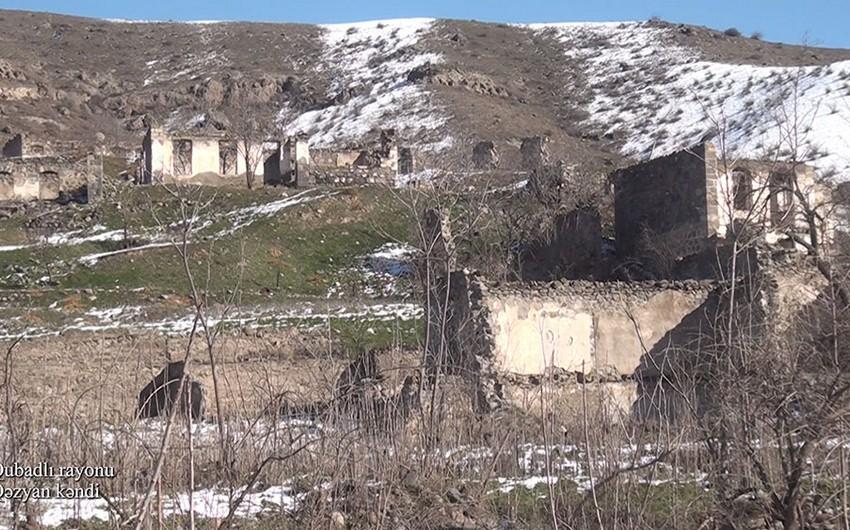
Hikmat Hajiyev, Assistant of the President of the Republic of Azerbaijan, Head of Foreign Policy Affairs Department of the Presidential Administration, commented on the reports about “demolition of an Armenian church” in the liberated Jabrayil district: “In 2017, as a spokesperson for the Ministry of Foreign Affairs, I made a statement about illegal construction of a temple in Jabrayil, where Armenians had never lived. I had said in that statement that the construction of such a religious monument at a time when everything was destroyed in the occupied territories of Azerbaijan contradicted the basic principles of Christianity.”
As an Azerbaijani official and international mediators said, that building was a military unit, not a Christian monument.
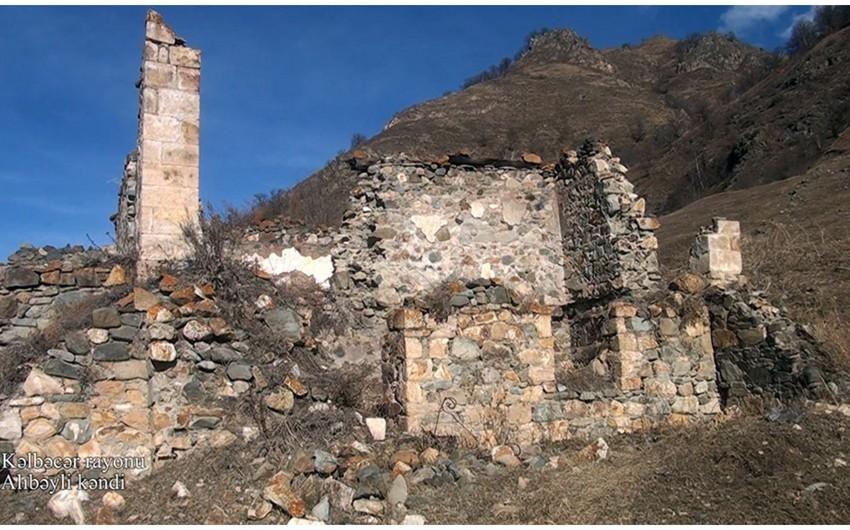
Christianity is not strange for Azerbaijani society. This religion has traditions and monuments in Azerbaijan. By protecting the heritage of this religion, Azerbaijan preserves its cultural monuments. The enthusiasms of Armenians and their supporters in this regard seem like “fish in troubled waters”.


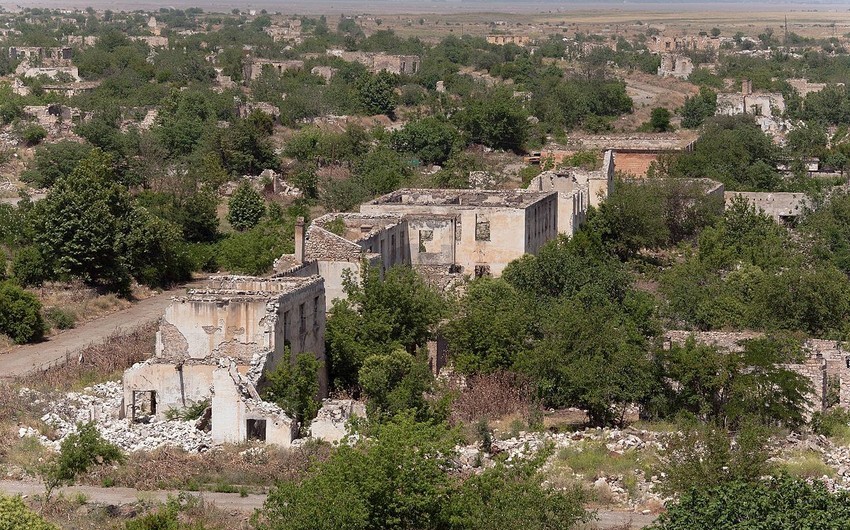 https://static.report.az/photo/a9410924-d824-33d1-aa69-7cb176de738f.jpg
https://static.report.az/photo/a9410924-d824-33d1-aa69-7cb176de738f.jpg

